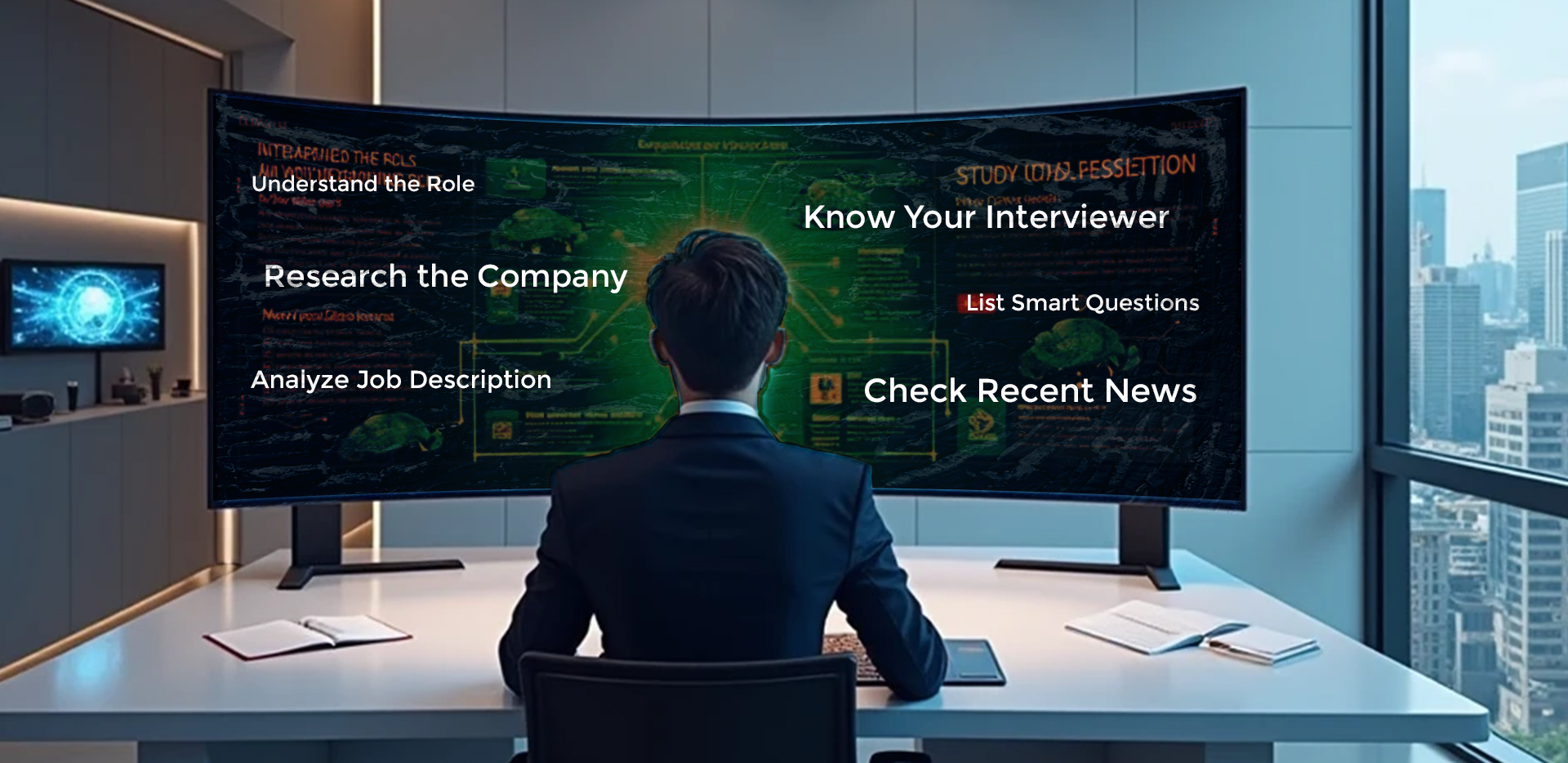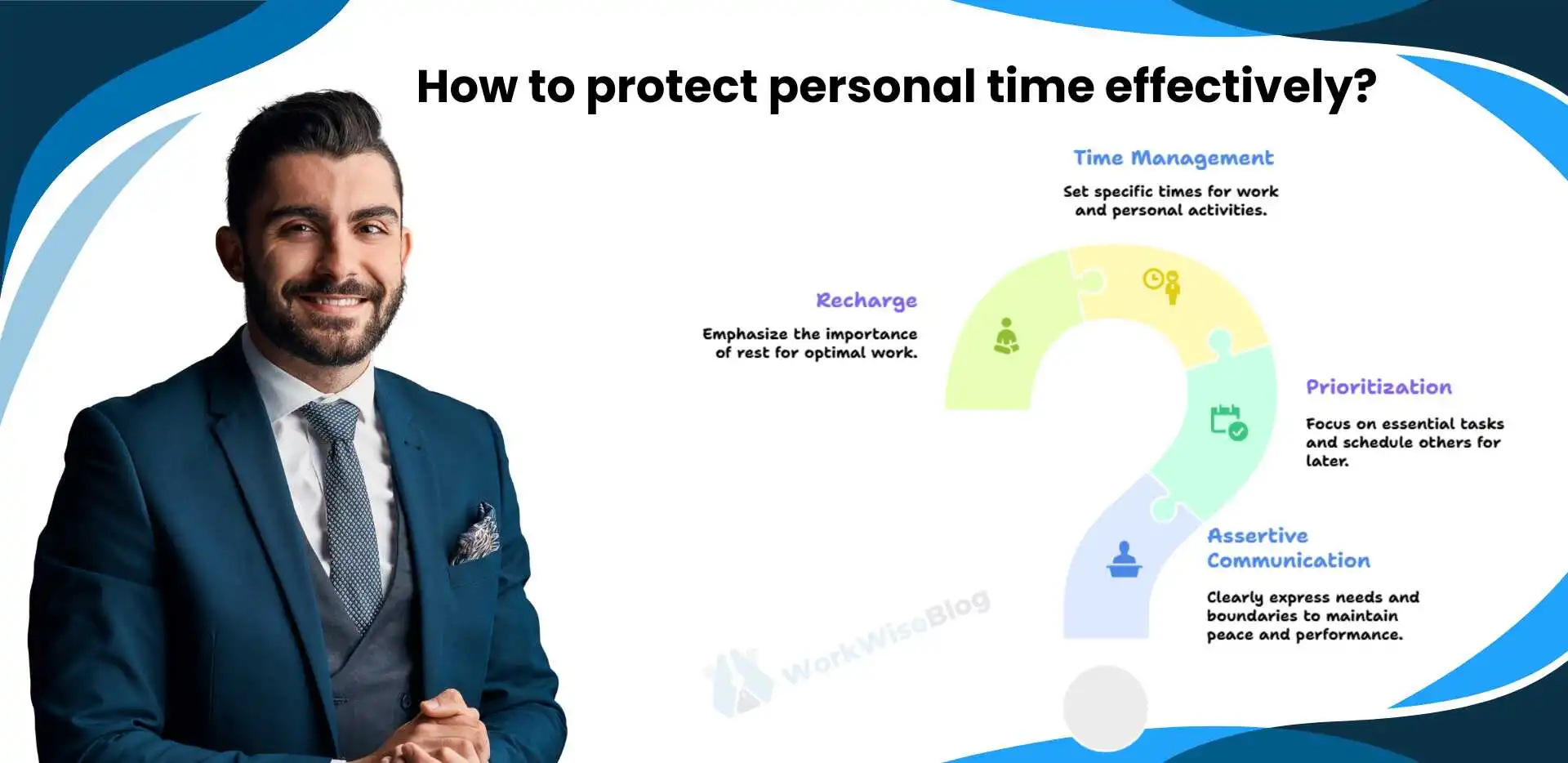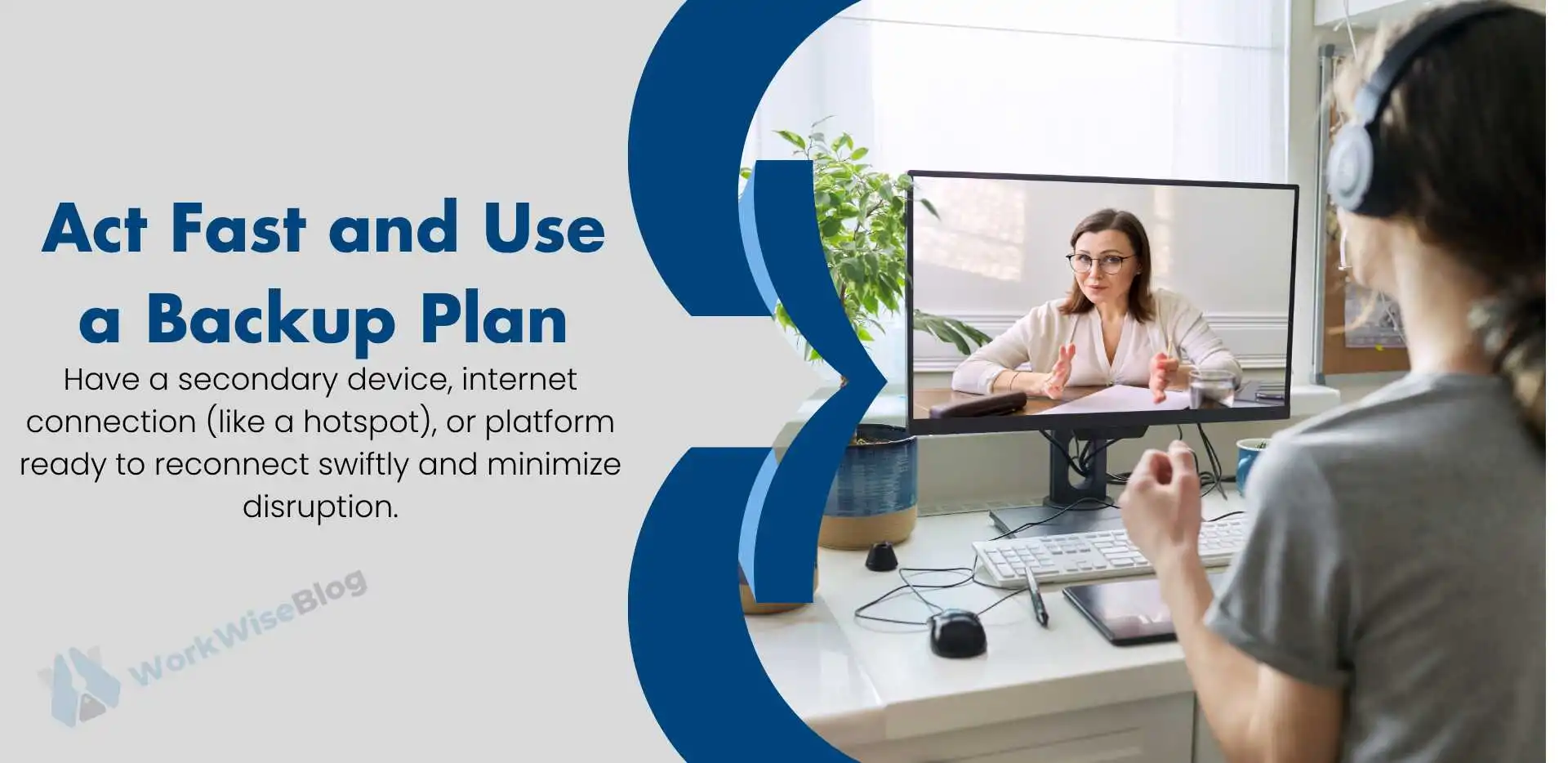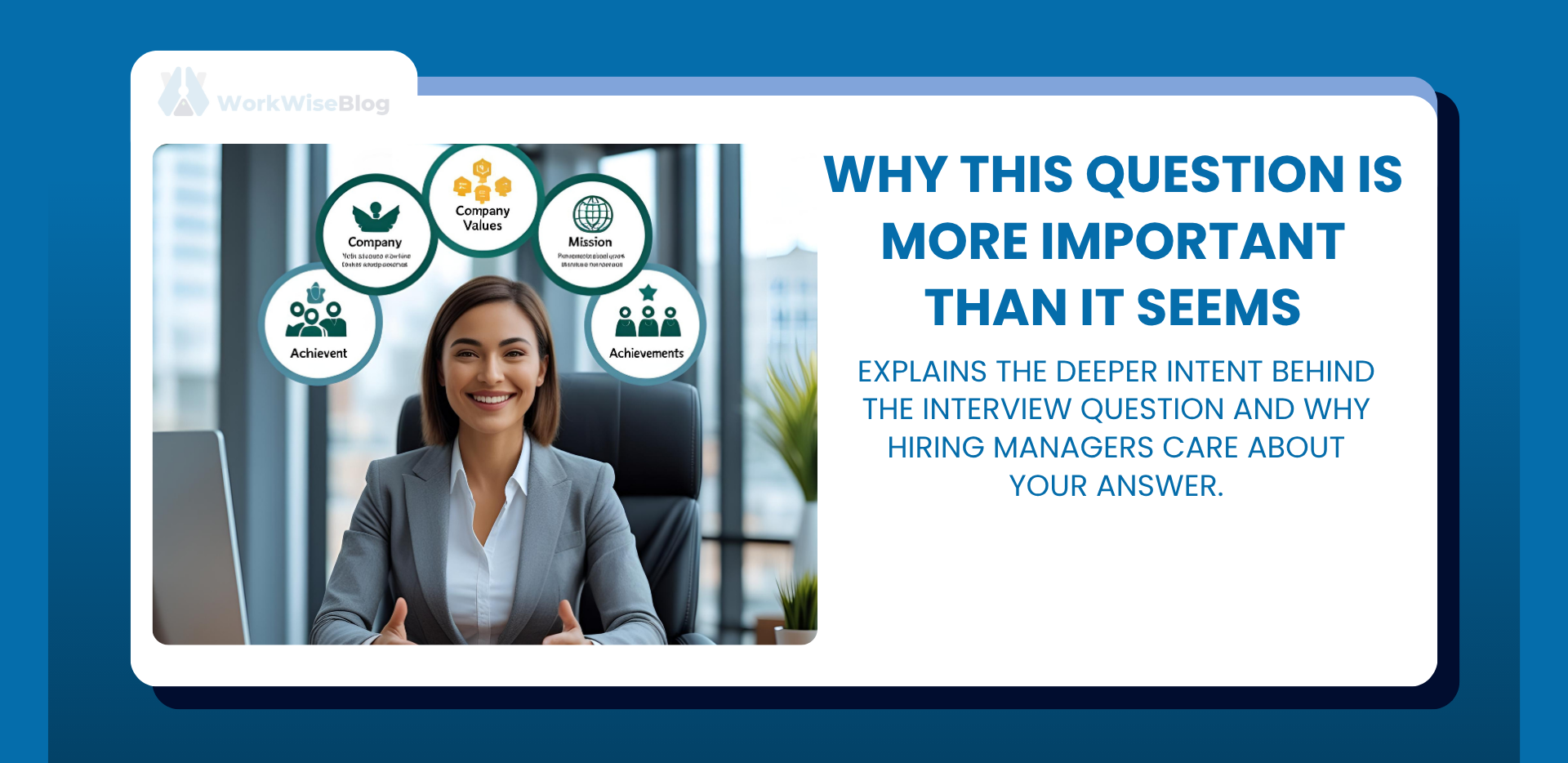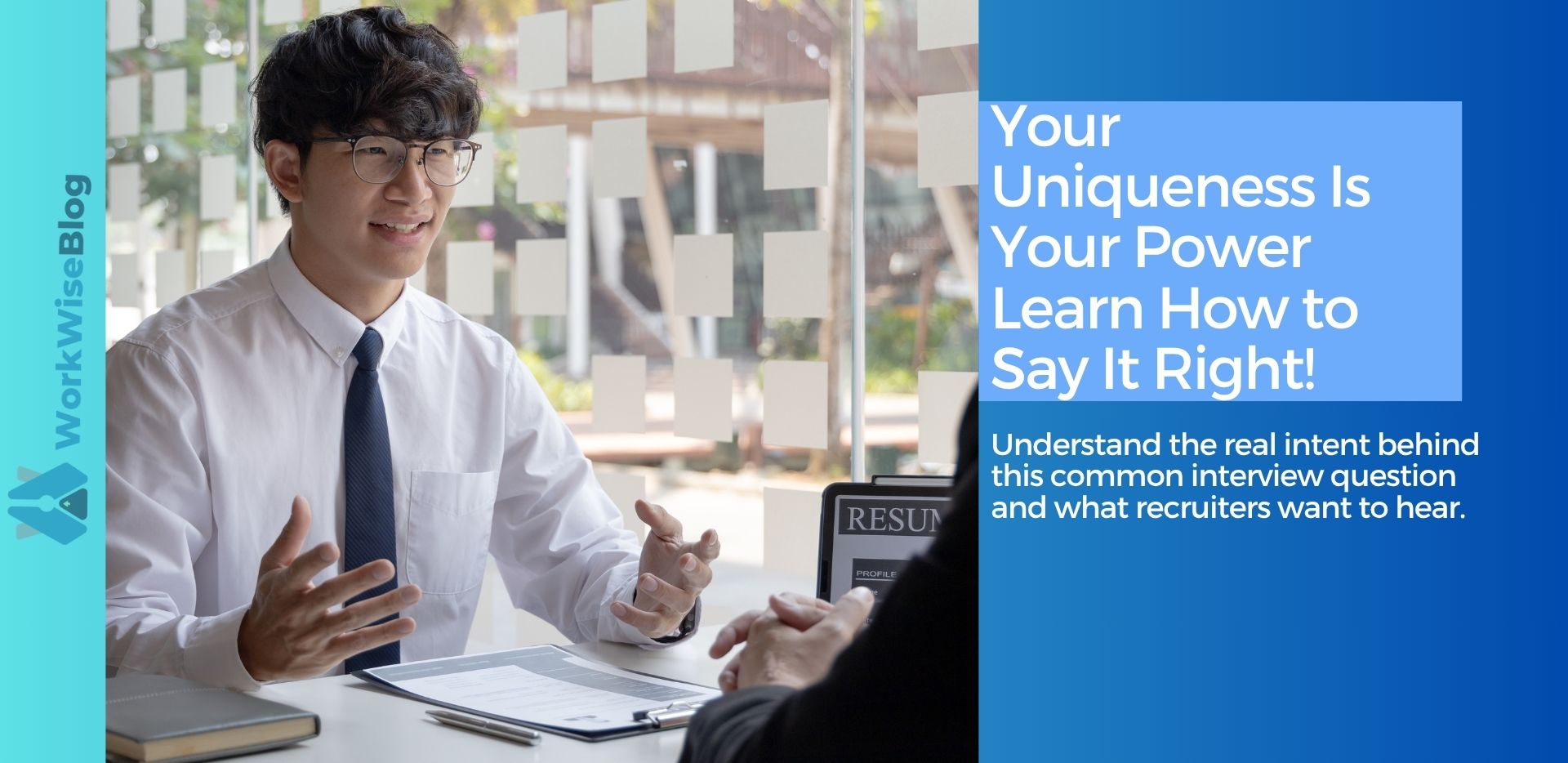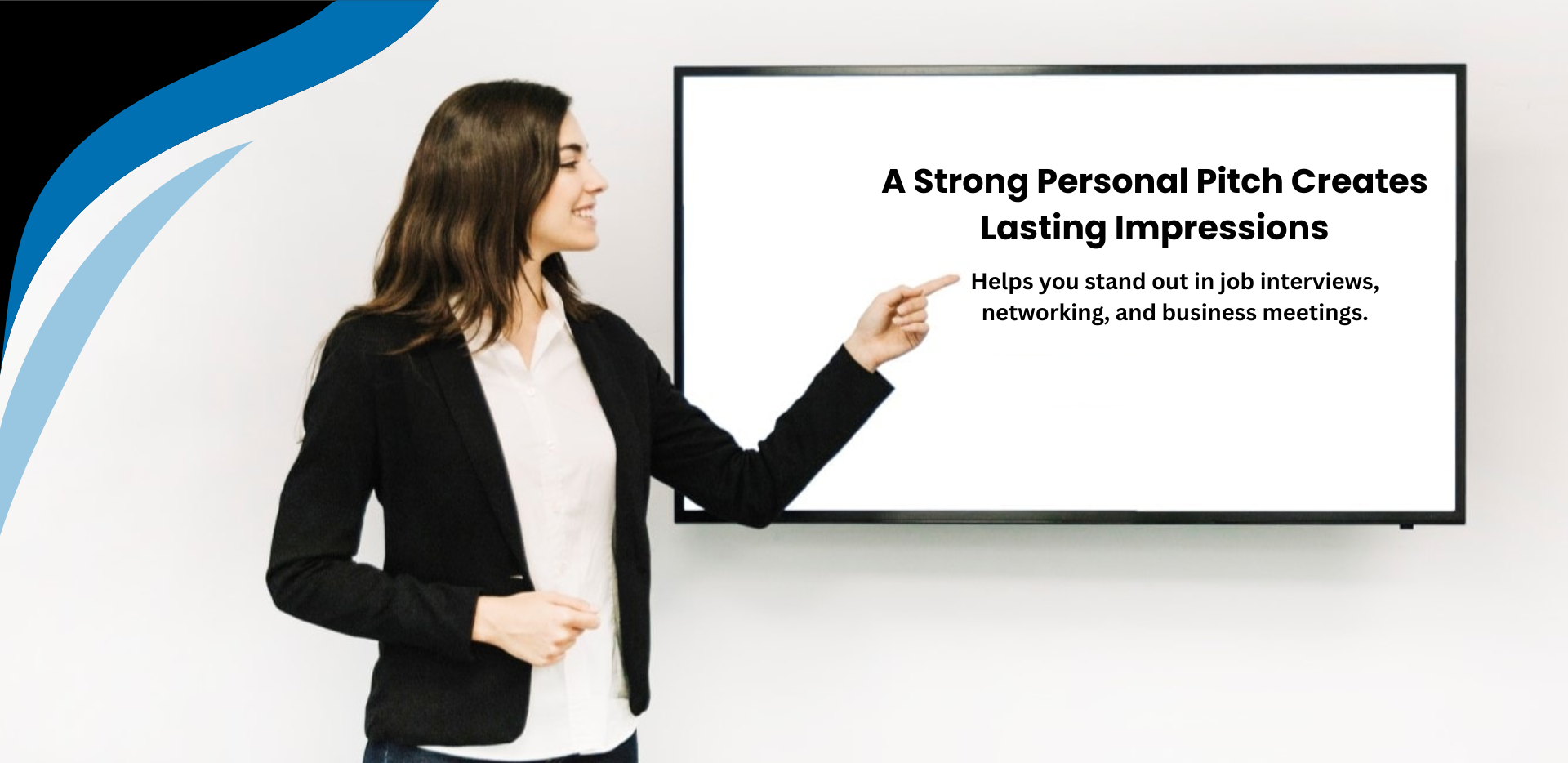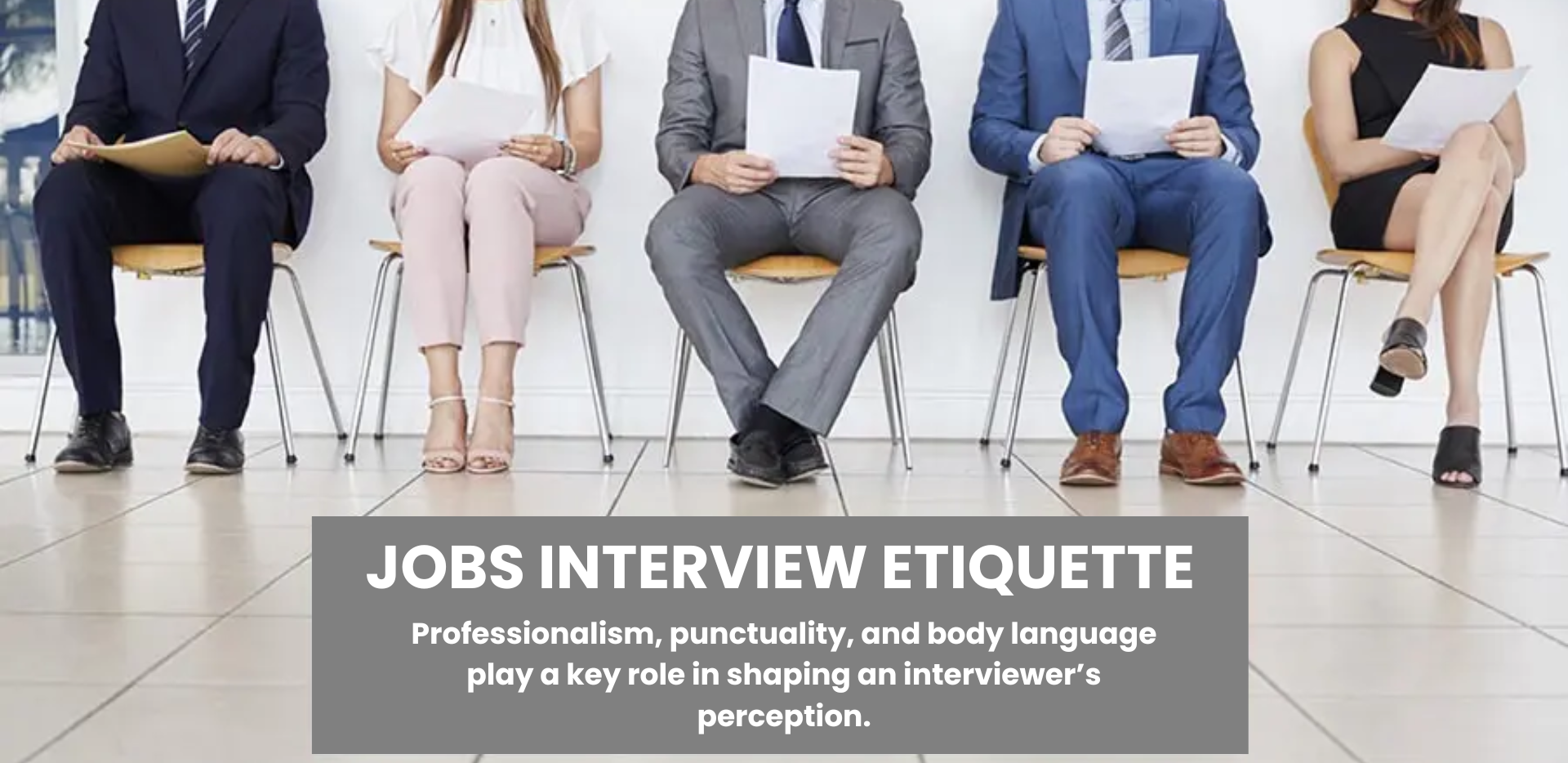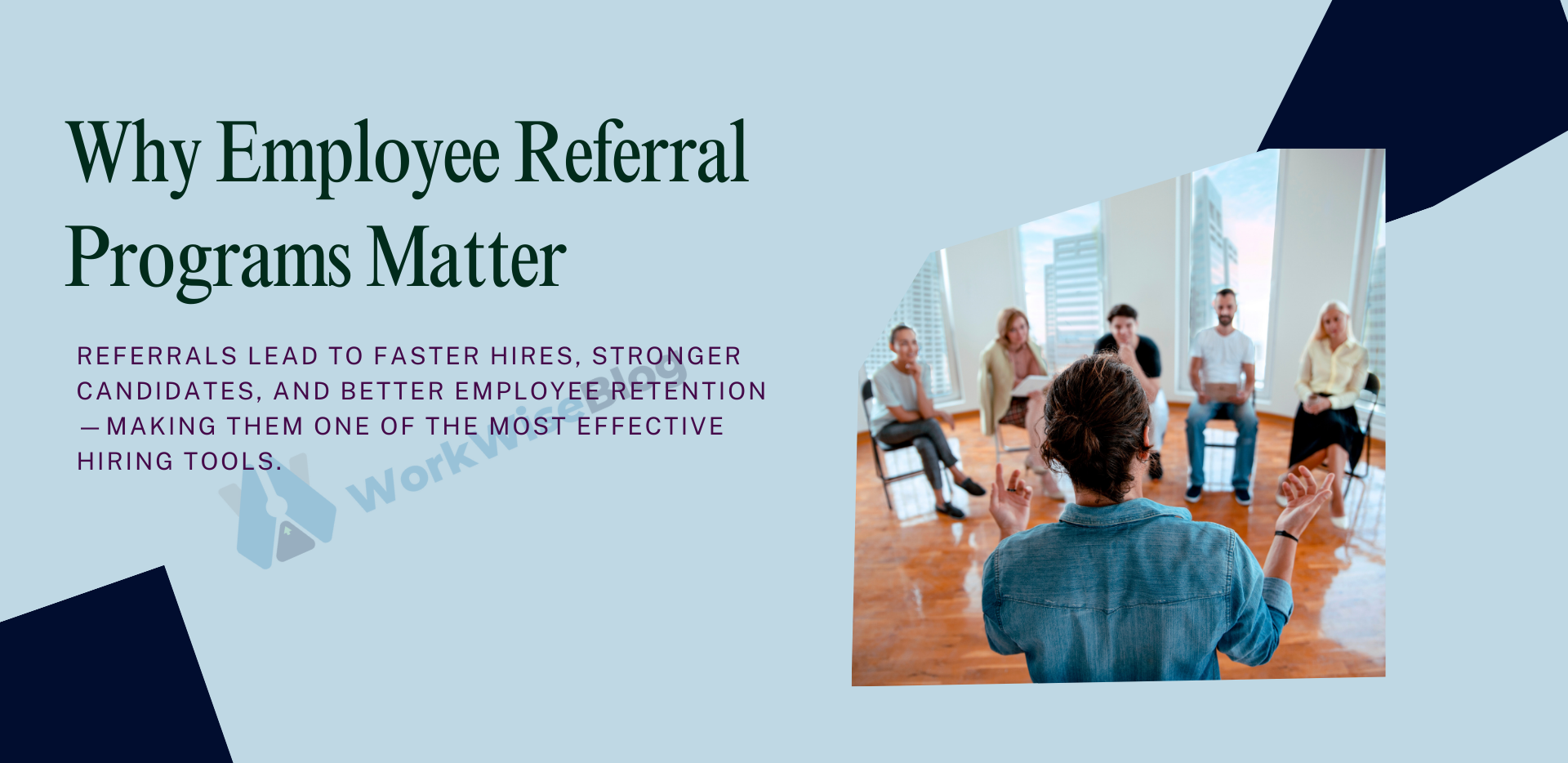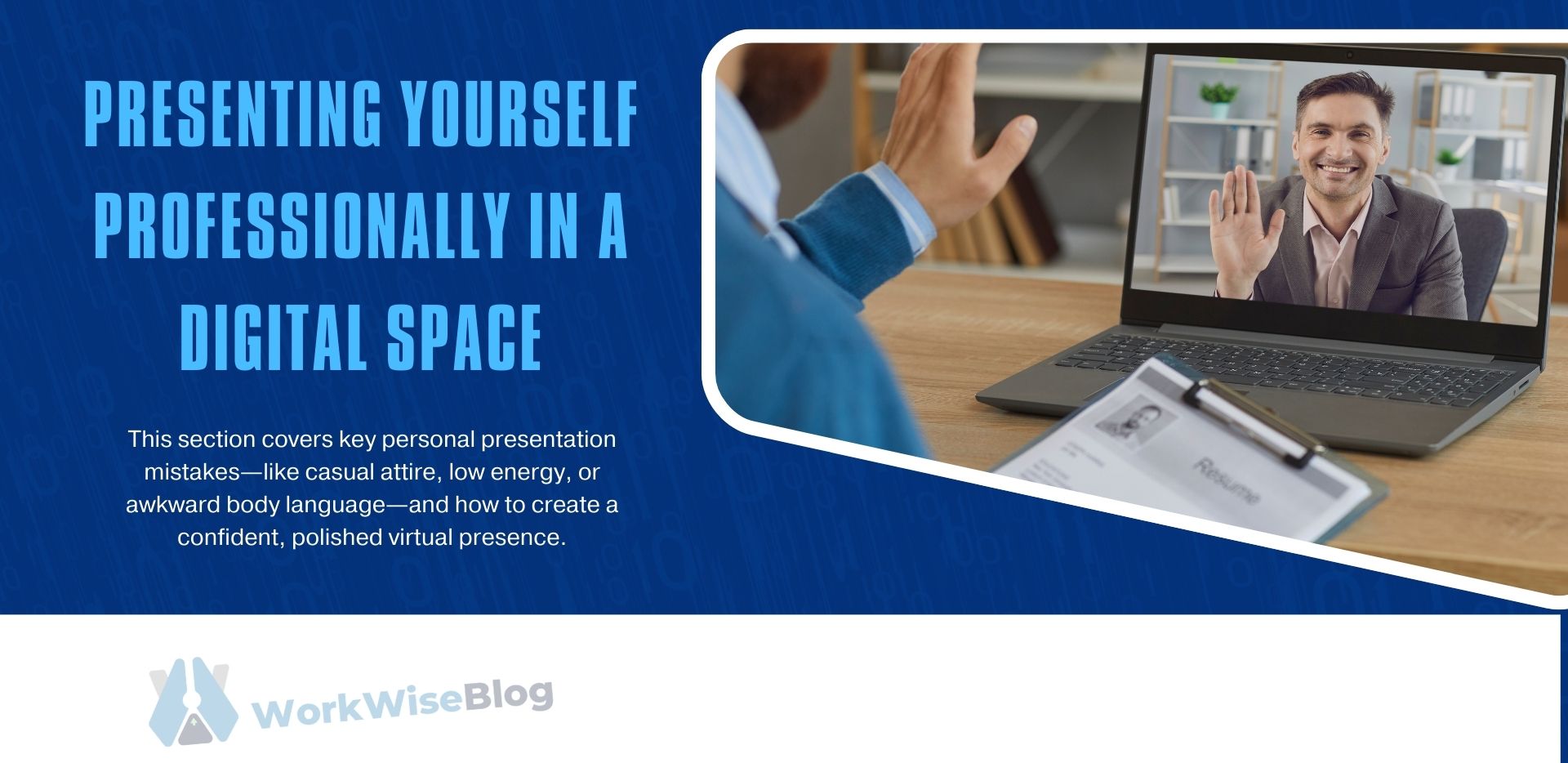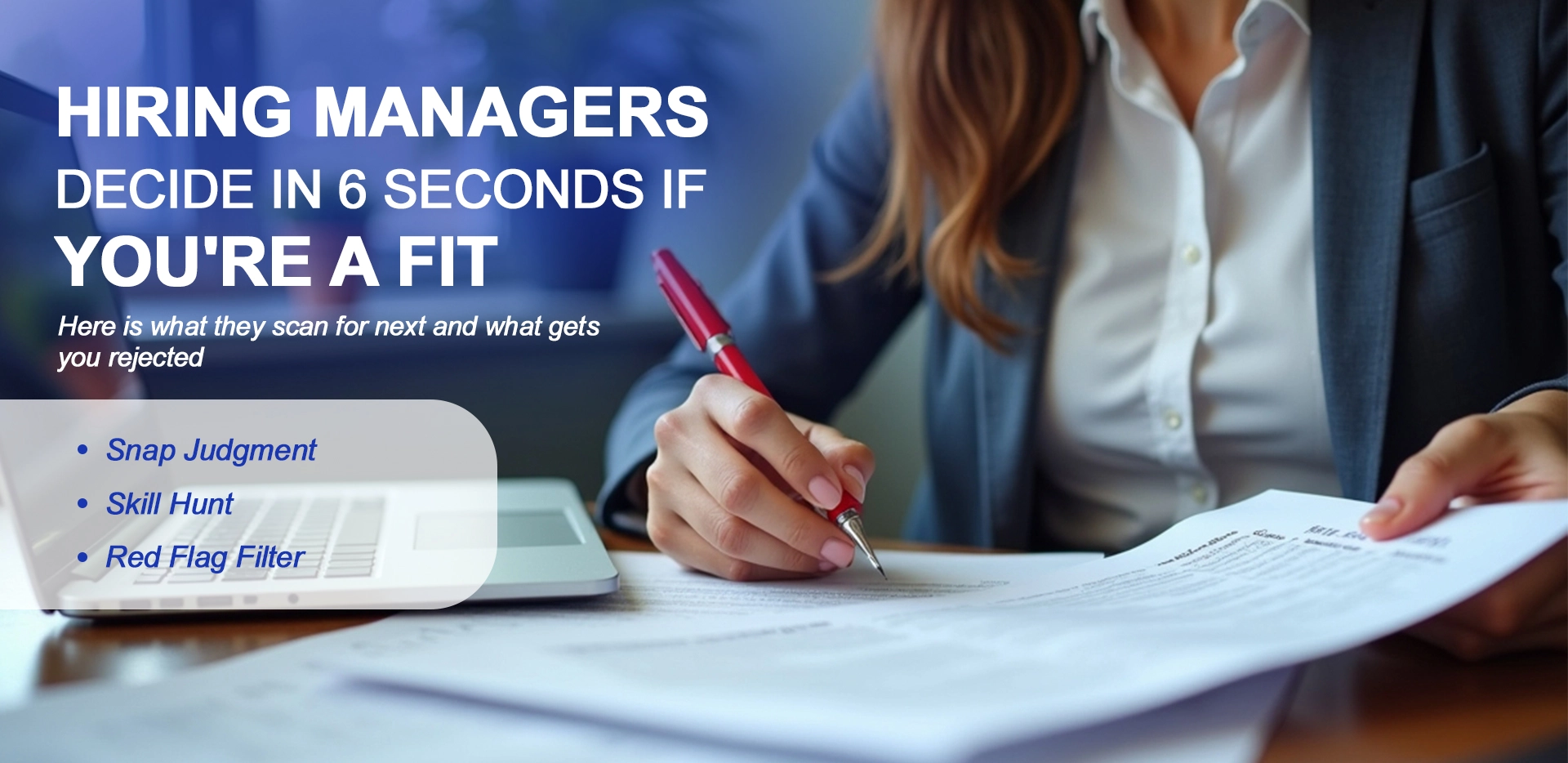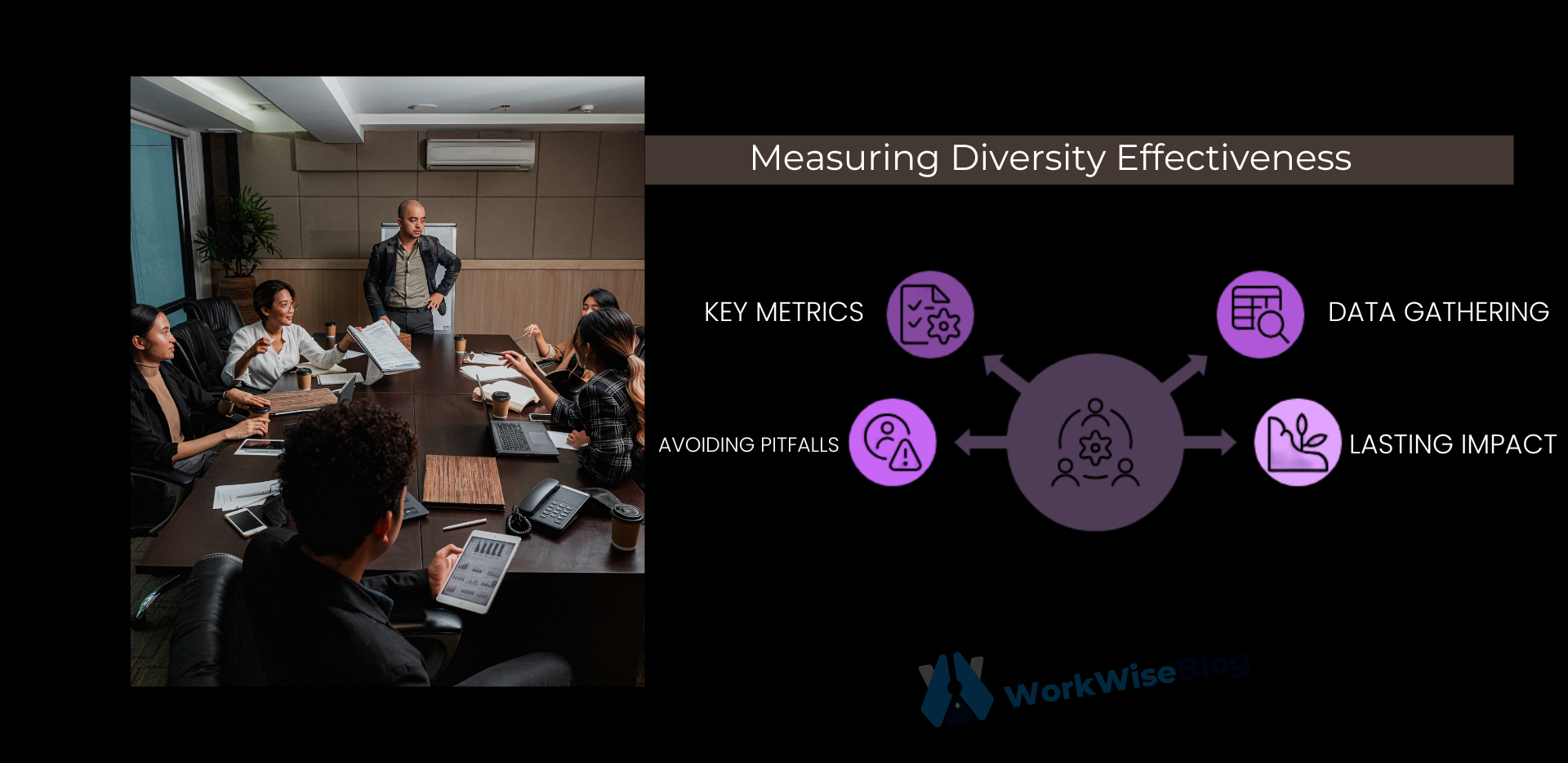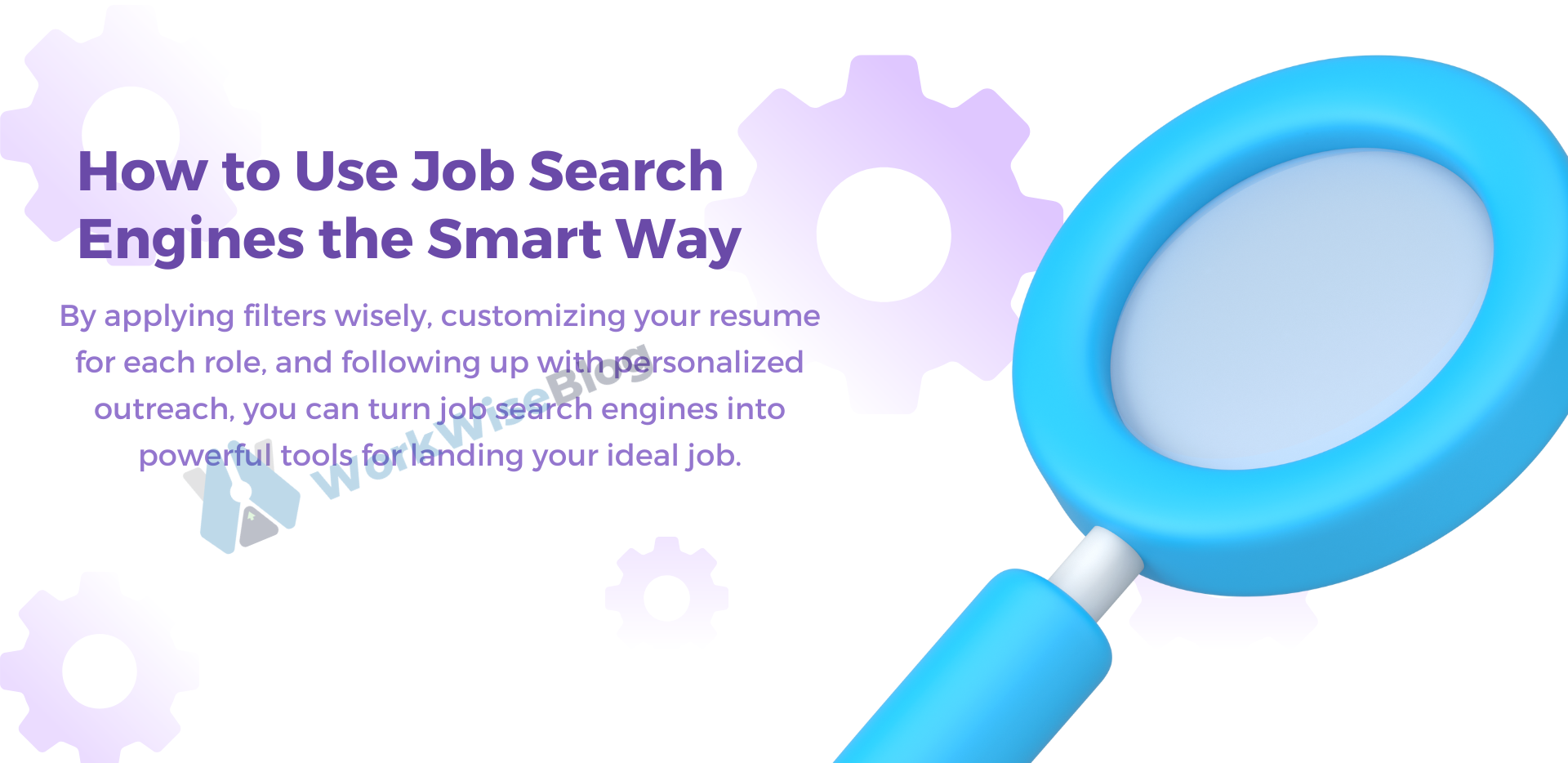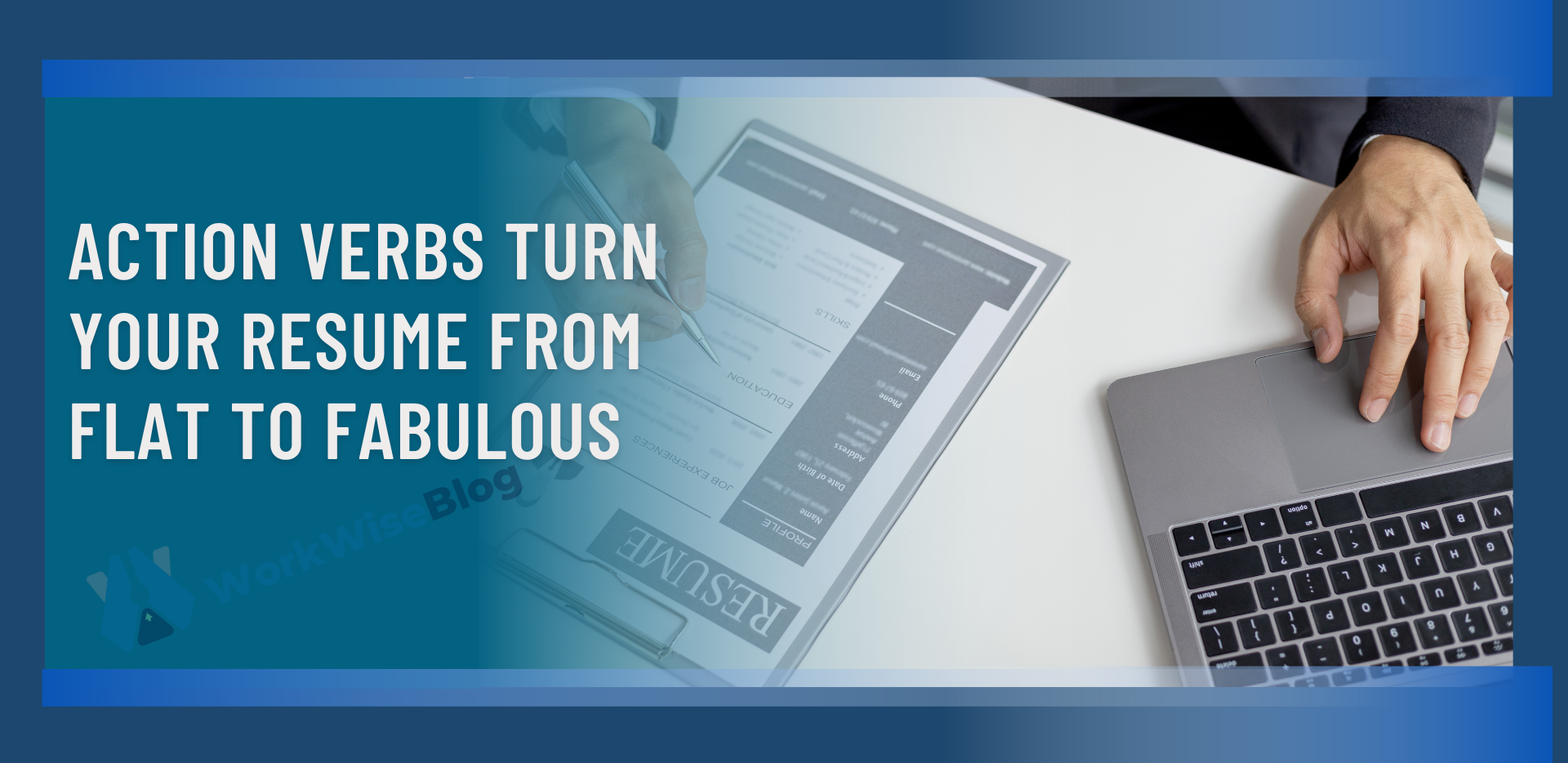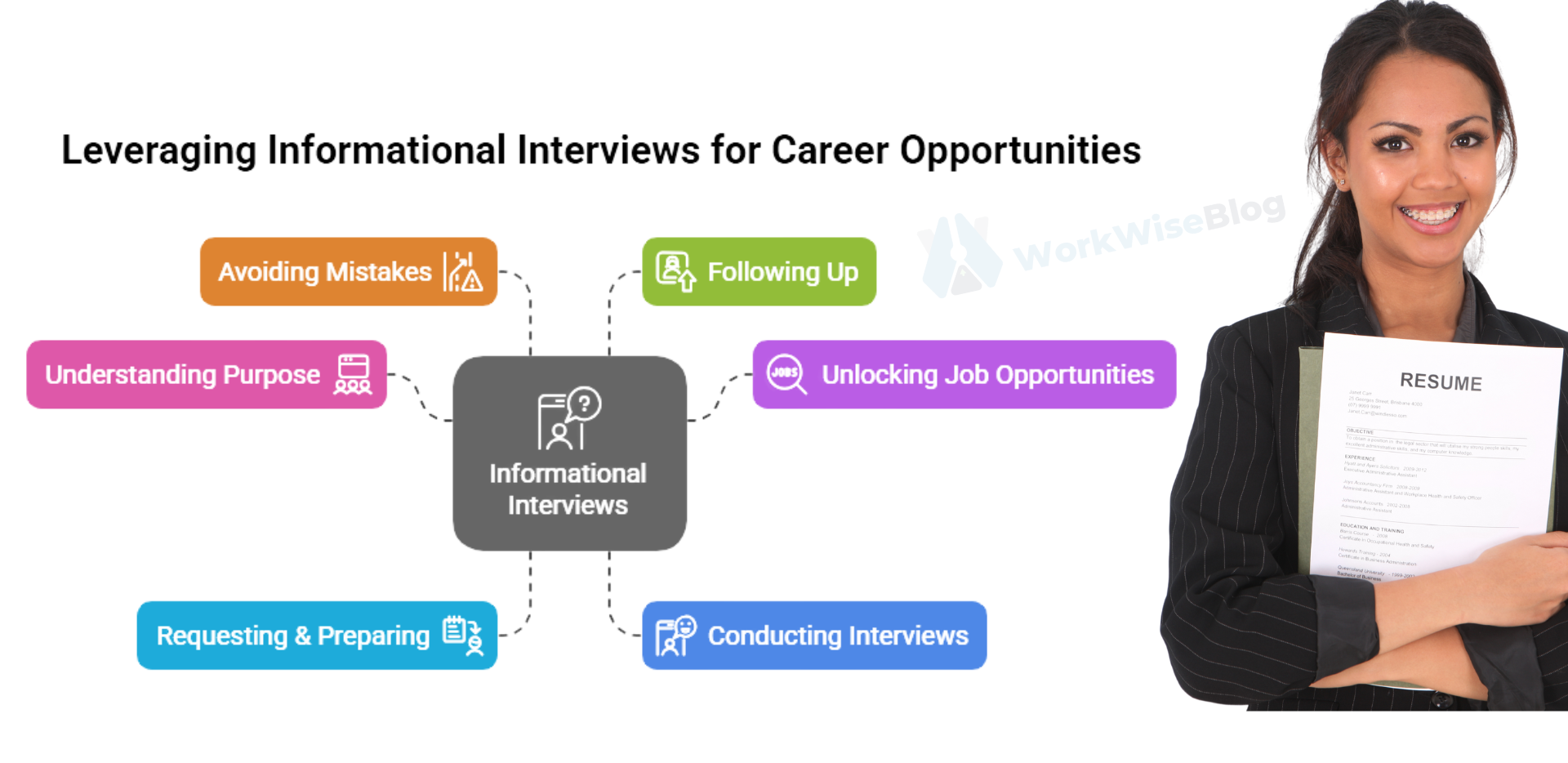Table of Contents

Pre-Interview Research: Building the Foundation
Understand the Role
Before stepping into the interview room, ensure you have a deep understanding of the role. Study the job description carefully to identify:
- Key responsibilities.
- Required skills and qualifications.
- Performance expectations.
Example: Should you be seeking a marketing position, talk about the challenges you have faced successfully where the goals were compatible with those of the company, for example increasing the website’s traffic by 40% in one year.

Pre-Interview Research: Building the Foundation
Understand the Role
Before stepping into the interview room, ensure you have a deep understanding of the role. Study the job description carefully to identify:
- Key responsibilities.
- Required skills and qualifications.
- Performance expectations.
Example: Should you be seeking a marketing position, talk about the challenges you have faced successfully where the goals were compatible with those of the company, for example increasing the website’s traffic by 40% in one year.

Know Your Interviewer
Find out who will be interviewing you and their role in the company. Platforms like LinkedIn can help you identify their professional background, giving you an edge to tailor questions or references.
According to LinkedIn, candidates who research their interviewers beforehand are 20% more likely to leave a lasting impression.

Preparing Materials and Essentials
Resume & Portfolio
Ensure your resume is tailored to the job.
- Include quantifiable achievements (e.g., “Increased sales by 30% in 6 months”).
- Carry multiple printed copies in a professional folder.
For roles like graphic design or software development, prepare a digital portfolio showcasing your best work.
Documents to Carry
Apart from your resume, carry these documents include:
- Government-issued ID.
- Certificates or relevant training documentation.
- A reference list with professional contacts.
Outfit Planning
Dressing professionally shows you respect the opportunity.
- Research the company’s dress code (formal, business casual).
- Stick to neutral tones unless the role encourages creativity.
Pro Tip: Lay out your outfit the night before to save time and reduce stress.
The Day Before the Interview
Mock Interview Practice Preparing for commonly asked questions enhances your answers as well as makes you less anxious during the interview. Such questions are known as behavioral questions. You can utilize the STAR approach (situation, task, action, and result). Some of the common examples include:
- Can you tell me about yourself?
- Why should we hire you?
Plan Your Travel
You’re advised to be at the venue about 15-20 minutes before the scheduled time. If it is a virtual interview, make sure that you log in ten minutes before the time assigned to you.
Prepare Questions to Ask the Interviewer
To show that you are an active participant, take the initiative to ask questions like,
- How is one evaluated in this role?
- Who are the members of the team that I am going to be part of?
Quote: “The questions you ask indicate both your comprehension of the position and your eagerness to work for that particular organization.” Career expert Amanda Augustine.
Read more: Why you should ask good questions from the interviewer? Read more here
During the Interview: Nailing the First Impression
Body Language and Confidence
Nonverbal communication speaks volumes.
- Maintain eye contact and offer a firm handshake (only with males).
- Smile naturally and sit upright.
A study by Albert Mehrabian shows that 55% of communication is body language.
Effective Communication
- Use clear, concise language.
- Avoid filler words like “um” or “like.”
- Relate your answers to the job, using examples from your experience.
Example: When asked about problem-solving, share a situation where you resolved a customer issue under tight deadlines, highlighting your ability to manage pressure.
End Strongly
Summarize your interest in the role and ask about the next steps.
Pro Tip: End with, “Thank you for this opportunity; I look forward to potentially contributing to your team.”
Post-Interview Steps: Leave a Lasting Impression
Follow-Up Email
Send a thank-you email within 24 hours.
- Reiterate key discussion points.
- Express your enthusiasm for the role.
Example: “Thank you for taking the time to discuss the marketing specialist position. I am particularly excited about contributing to your plans for expanding digital campaigns.”
Reflection
Analyze your performance:
- What went well?
- What could you improve on for future interviews?
Stay Connected
- Add the interviewer on LinkedIn with a personalized message.
- Engage with the company on social platforms.
Pro Tips and Bonus Content
Handling Tough Questions
Prepare for tricky scenarios like:
Q: What is your biggest weakness?
Suggested Answer: “I used to struggle with delegating tasks but have improved by trusting team members and focusing on collaboration.”
Q: Why did you leave your last job?
Suggested Answer: “I was seeking growth opportunities that align with my career goals.”
FAQs
How do you prepare for an interview in the ultimate guide?
First, visit the company’s website and once it is familiar, read its requirements. Devote time to get acquainted with your story as well as organize and rehearse responses to relevant questions. Do not forget to bring a copy of your CV. Rest before an important meeting, and plan your outfit.
What are the 4 P's in preparing for an interview?
The 4 P’s comprise performing a background check on what the position entails, rehearsing possible answers to interview questions to build confidence, portraying a professional image, and ensuring that you conduct yourself properly during the interview.
What are the five C's of job interviewing?
Concerning job interviewing, there are 5 C’s;1. show confidence 2. Employ your capability 3. maintain effective communication. 4. Character is very important and lastly 5. chemistry is needed to foster and nurture the company’s culture.
Why is an interview checklist important?
An interview checklist acts as a roadmap; it is used to prepare for the interview and everything else related to it. It tells you what is acceptable and what is not, helping improve impression management and the odds of obtaining a job.
References
Conclusion
Preparing well is the key to doing great in an interview. By following this simple checklist, you’ll feel more confident and ready to stand out from the crowd. Every interview is a chance to learn something new, so don’t be afraid to improve with each experience. Just remember, the more you prepare, the better you’ll perform. Good luck, and trust in your abilities—you’re closer to your dream job than you think!

